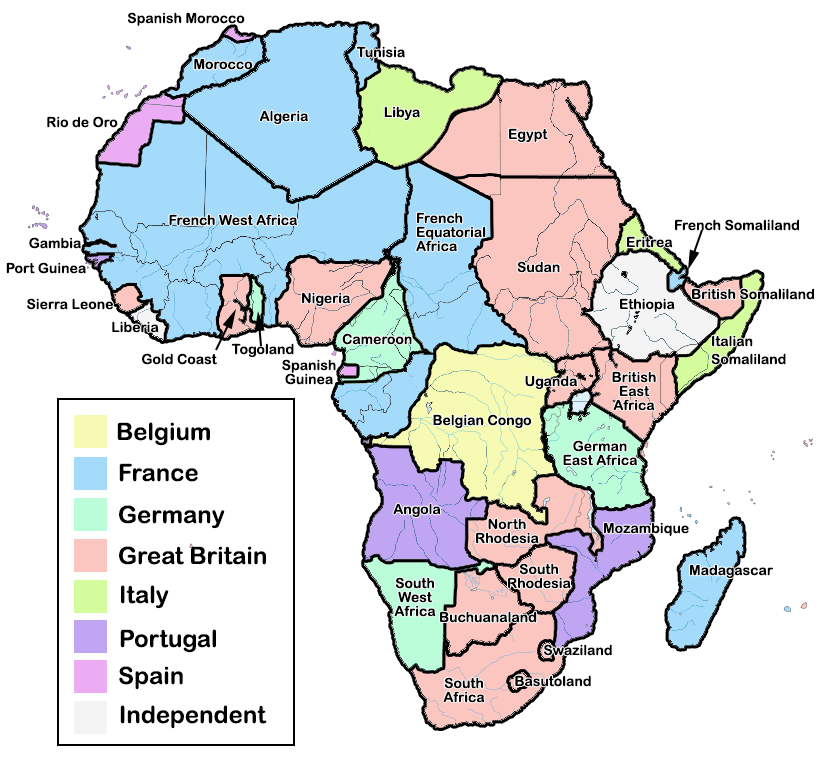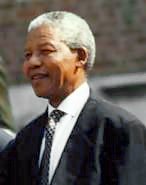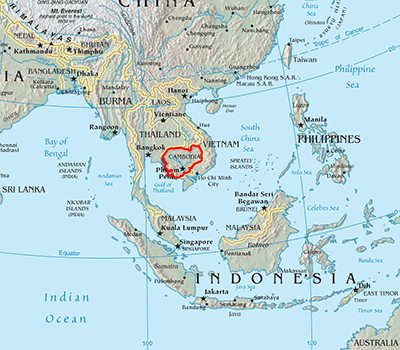Learn
As we studied in the last few lessons, during the latter half of the 20th Century many countries were searching for independence from colonial or totalitarian rulers, for governments that protected their rights and dignity as human beings, or for rights of one tribe or ethnic or political group over another. In fact, some 60 nations in Central America, South America, Africa, Asia and Europe engaged in armed conflicts that cost the lives of hundreds of thousands of people. One success story was Northern Ireland where, in 1998 after thirty years of civil discord, Protestants and Catholics signed the Good Friday Agreement and began working toward shared government.
Other countries have not been so successful. Read Key Points About 1990s Balkan Wars to learn more.
Be sure to pay attention to the following because you will see them again in an assessment. You may want to answer these questions on the 11.02 Notes sheet.
- The countries that make up the area once known as Yugoslavia and the problems within Croatia, Serbia and Bosnia. Which religious group from which country led the war?
- The two tribes of Rwanda and the genocide of 1994 (Tutsi vs. Hutu)
- Land mines
- The United Nations and its role in these conflicts
- Security Council, its members, and how it works
- Creation of International Tribunals for War Crimes (Yugoslavia and Rwanda)
Let's take a closer look at Africa. Today, Africa, a continent of 52 countries, has a population of over 740 million people and as you might remember from back in Unit 2, the varied topography makes living hard in many of the areas—deserts, tropical forests, grasslands, and the Great Rift Valley.
Do you remember back in the early 20th Century when the European countries were searching for colonies to make themselves rich, and they divided all of the areas of Africa among themselves. Since then, the natives have fought for their freedom and various groups have tried to gain power once the colonial powers were gone. Notice the increase in the number of countries. See below:
 |
 |
When the European countries took over the continent and divided the lands among themselves, they did not take into consideration divisions among tribal lines or ethnic groups. This brought problems to the regions among the native peoples. Take a closer look at what happened in Rwanda between the native tribes.
Let's take another look at a country of Africa—South Africa. If you look at the map below, you will notice it is on the southern tip of Africa. The Dutch, known as the Afrikaners, settled this area, setting up a colonial system.

 |
By 1948, a policy of Apartheid was established that took rights away from Black Africans in the country and ensured white domination. One man led the way to fight Apartheid through the African National Congress (ANC). He was imprisoned for 27 years for his anti-Apartheid activities, but eventually became President of South Africa. Do you know who he is? Yes, it is Nelson Mandela. |
Finally, let's take a look at the country of Cambodia. Do you know where it is located? Take a look at the map below and see if you remember it from when you took your map test of Asia. It is the country that is almost at the southern tip of Southeast Asia, adjacent to Vietnam and south of Laos and Thailand.

What happened in this country? The Khmer Rouge and its leader Pol Pot, one of the world's most infamous mass murderers. Read Cambodian Genocide to understand more fully the events of the conflict in the 1970s.
